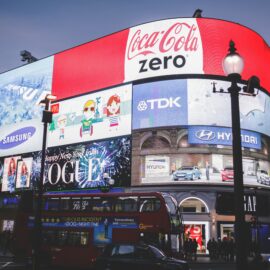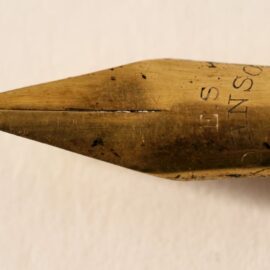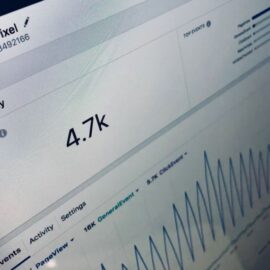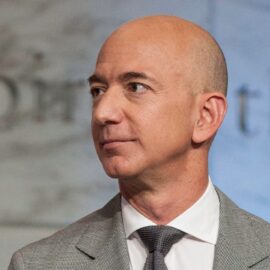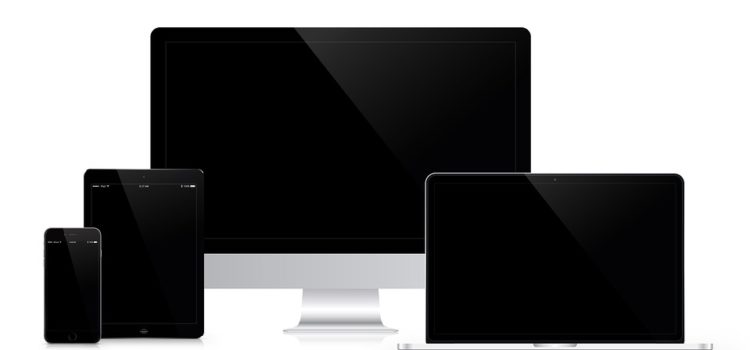
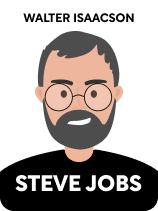
This article is an excerpt from the Shortform book guide to "Steve Jobs" by Walter Isaacson. Shortform has the world's best summaries and analyses of books you should be reading.
Like this article? Sign up for a free trial here.
What is the timeline of Apple products during Steve Jobs’s time at the company? When was the iMac released?
When Steve Jobs returned to Apple in 1997, he made plans to release the iMac. It became the fastest-selling Apple product yet, but Jobs wasn’t going to stop there.
Here’s the timeline of apple products after the iMac.
Apple Products After Steve Jobs’s Return
In Jobs’s absence, Apple’s market share and profitability plummeted. Jobs made a deal to come back in an advisory capacity, along with NeXT’s key engineers and programmers. Soon it became clear that Jobs was running Apple from behind the scenes. Jobs’s priority was to cull Apple’s bloated product line so the company could focus on essentials. Let’s look at the timeline of Apple products after Jobs returned to the company.
The first new project he developed was the iMac, an intuitive, all-in-one computer that took the company back to the values of the Macintosh. In 1998, the iMac became the fastest-selling Apple product so far. (Shortform note: The original iMac is fondly remembered because of its eye-catching design, available in an array of bright colors in contrast to the generic beige towers of other PCs. It included a built-in ethernet port for easy internet access while doing away with the floppy disc drive. It also replaced plug-ins for older, legacy connectors with the now-standard USB ports for easy plug-and-play access.)
Instead of selling iMacs in the big-box stores of the day, Isaacson claims that Jobs wanted to control the experience of buying an iMac. He pushed for the creation of the Apple Store, which would be specifically designed to communicate the innovative values of the company. When they first opened in 2001, the stores were predicted to fail. Instead, they drew 20 times as many customers as expected and made over $1 billion within the first year of operation.
(Shortform note: Apple’s rival Gateway was the leading computer retail chain during the internet boom of the ’90s. One key difference between Apple and Gateway was that Apple’s stores stocked finished products, while Gateway’s did not. Gateway instead offered customers a range of customizable options, from which they could order PCs that were tailored to their personal specifications. While Apple Stores flourished, Gateway shut down its retail outlets in 2004.)
Next on Jobs’s list of new products was a portable MP3 player. The iPod propelled sales of iMacs and gave the Apple brand a more youthful feel. What’s more, says Isaacson, the iPod repositioned Apple from being a mere computer company into a wider market. (Shortform note: The iPod also helped usher in the age of randomized personal playlists and broke apart the album as the primary model for listening to music. By introducing the iTunes store as a simple, seamless way to download songs, Jobs helped stem the tide of music piracy that flourished through file-sharing apps such as Napster.)
Seeing the possibilities of merging the iPod with cellular phones, Jobs launched the iPhone as a combination mobile phone, widescreen iPod, and portable internet device all in one, while replacing the clunky keypads of earlier smartphones with an elegant touchscreen interface. By the end of 2010, over 90 million iPhones had sold, cornering half of the global market. (Shortform note: The iPhone was not the first touchscreen phone—that was the LG Prada, released one month earlier. The iPhone’s screen was larger, with higher resolution, and introduced multi-touch features such as “pinching” to zoom in and out.)

———End of Preview———
Like what you just read? Read the rest of the world's best book summary and analysis of Walter Isaacson's "Steve Jobs" at Shortform.
Here's what you'll find in our full Steve Jobs summary:
- A no-fluff look into the life of Steve Jobs
- How Jobs changed the technology landscape
- What it was like to work with and for Steve Jobs

